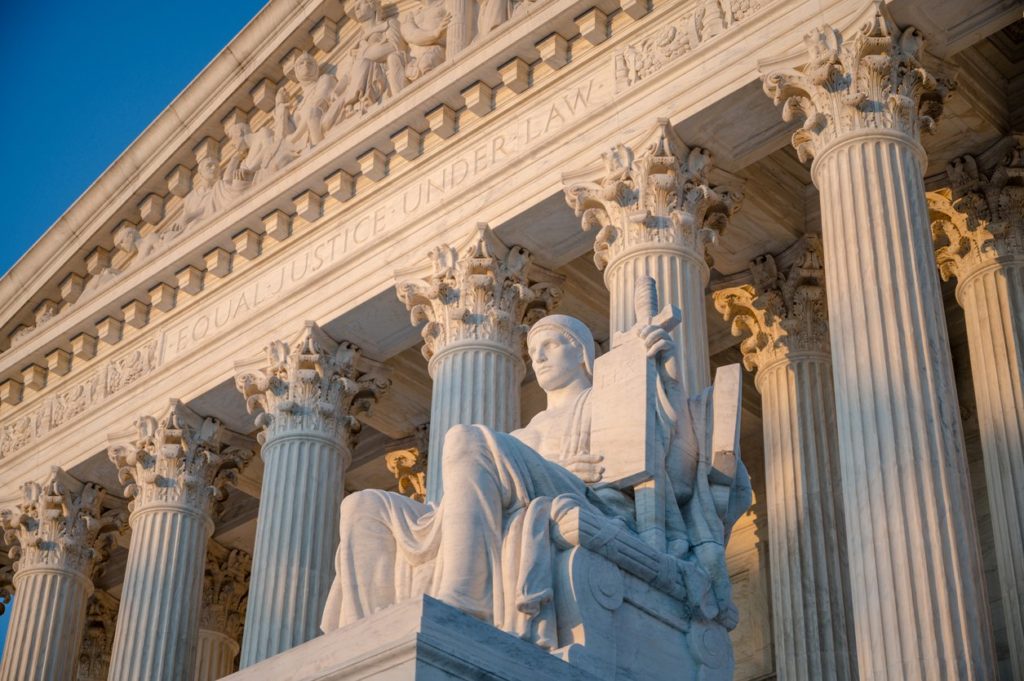On June 15, 2020, the U.S. Supreme Court ruled that discrimination based on sexual orientation and gender identity is a type of unlawful sex discrimination prohibited by Title VII of the 1964 Civil Rights Act.
This ruling will bring change across the nation. From a legal standpoint, the changes may be familiar and additive to organizations based in states that already outlawed such discrimination, but major for organizations where discrimination based on gender identity and sexual identity was not previously prohibited by law.
Overall, the point here is that when it comes to hiring, firing, and promotion decisions, discrimination based on sexual orientation and/or gender identity, as defined by the Supreme Court’s ruling, is now illegal throughout the United States. All organizations must apply some degree of rigor to ensure that sexual orientation and gender identity now receive the same protections as the other components of the Title VII act, such as race, color, religion, and national origin.
By far the biggest challenge, however, will be changing the workplace culture so that organizations can also prevent behaviors that are technically legal but could collectively create a hostile or exclusionary environment or escalate into illegal territory if left unchecked.
This includes taking action to stop jokes and comments as well as stopping more subtle forms of exclusionary or discriminatory behavior, such as gestures or body language, that mock people because of their sexual orientation or gender identity. If you do not attack these “legal but uncivil” behaviors you will never have a workplace that is inclusive without regard to sexual orientation or gender identity.
In short, creating a work environment that allows people to participate fully in the workplace and enjoy protection no matter the sex is a two-sided coin. On one side, you need to think about how to stop illegal or unwanted behaviors; on the other side, you should pursue ways to actively promote respect for all individuals no matter their sexual orientation or gender identity.
Employers should anticipate that some employees will disagree with the Supreme Court decision as a matter of religious or personal belief. The response by the employer should be that they are not trying to dictate what people believe, butinside the workplace the organization must uphold the law of the land.
The approach for doing the legal and cultural work is the same in all cases:
- Start by making sure that your organization has defined values consistent with the law.
- Make sure your organization’s hiring/firing, promotion, and compensation practices do not discriminate based on the newly clarified definition of “sex.”
- Make sure your leaders are prepared to talk about the impact of these changes with your employees.
- Take steps to prevent and detect harassment tied to sexual orientation and gender identity just as you would any other characteristic protected by Title VII and other anti-discrimination statutes (race, sex, religion, national original and disability and other statutorily protected practices).
As you roll out these changes, make sure that you do as much listening as you do talking, too. What are people’s concerns and issues? This dialogue will help you shape strategies around any actions needed to make sure your organization complies with the law in spirit and not just in fact.

